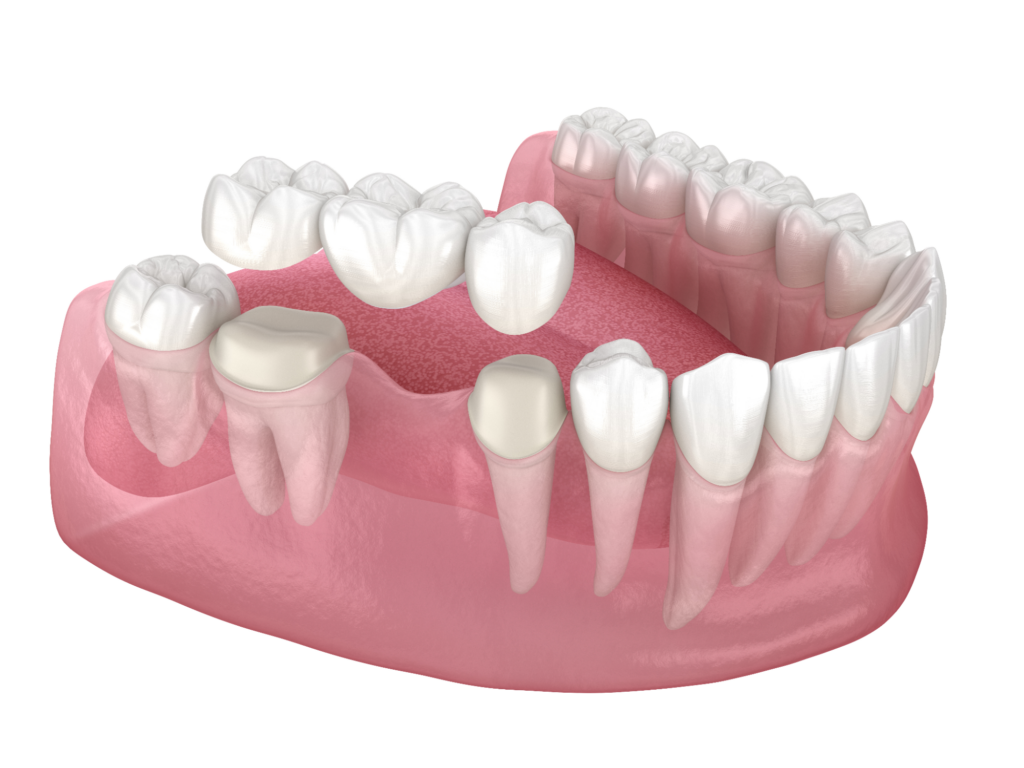When it comes to dental health, prevention is key. However, despite your best efforts, you may still experience tooth decay or cavities at some point in your life. It is the most common chronic disease in Australia, with 1 in 3 Australians over the age of 15 years having untreated tooth decay. Once it occurs, you may need a filling to prevent it from developing further. In this article, we’ll take a closer look at the benefits of filling a cavity, what to expect during the procedure, and most importantly, the answer to the question on everyone’s mind: does filling a cavity hurt? So, if you’re one of those dealing with tooth decay, read on to learn more about how a filling can help contain the damage.
Does Filling a Cavity Hurt?
Before having a dental cavity filling, one of the most common concerns people have is regarding the pain or discomfort they may experience. The thought of having a drill in your mouth can be anxiety-inducing, and if you’re someone who has a low pain tolerance, you may be especially apprehensive to get your cavity filled.
However, with modern dental techniques, the process of getting a filling is now safer, quicker, and more comfortable than ever before. Most of the time, you will be given a local anaesthetic to numb the area before the procedure. This means that you won’t feel any pain during the actual filling process.
The anaesthetic is typically administered with a small needle, which can cause a momentary pinch or sting. But once the anaesthetic takes effect, you should feel little to no discomfort throughout the rest of the procedure. In case you do experience any pain or discomfort during the procedure, you can let your dentist know, and they may be able to adjust the anaesthetic or take other measures to ensure your comfort. So, don’t let the fear of pain prevent you from seeking this very necessary dental care, and have your cavities filled before the decay spreads.
The Benefits of Filling a Cavity
Filling a cavity is a critical restorative procedure that helps preserve your dental health. Besides preventing further decay and potential tooth loss, it offers several other benefits. Let’s take a closer look at some of the key advantages of getting a dental filling.
Durability
Dental fillings are a durable solution for repairing cavities. With proper care, they can last for many years, providing a long-lasting solution for tooth decay.
Blend in with your teeth
Dental fillings can be made to match the colour of your natural teeth, making them virtually indistinguishable from the surrounding tooth structure.
Prevent infection
By filling a cavity, your dentist can prevent bacteria from entering your tooth and spreading the infection. This can help preserve your natural tooth structure and minimise the risk of undergoing more complex procedures such as root canals or extractions.
Improved functionality
Cavities can weaken teeth and cause discomfort when biting or chewing. Filling a cavity can restore the tooth’s strength and improve its ability to function properly, allowing you to eat and speak with ease.
Process of Cavity Fillings
The standard cavity filling procedure typically begins with an oral examination by your dentist to assess the extent of the decay and determine the best approach for treatment. If a filling is recommended, your dentist will first numb the area using a local anaesthetic. Once the area is numb, the dentist will remove the decayed part of the tooth using a dental drill, clean the hole and prepare it for the filling.
The filling material may be made of a variety of materials, including composite resin, porcelain, or silver amalgam. Your dentist will carefully place it in the prepared hole and shape it to fit the tooth’s natural contours. Once the filling material is in place, the dentist will use a special UV light to harden the material and ensure it is firmly bonded to the tooth.
You can usually resume your normal activities immediately after the procedure, but it is important to follow any aftercare instructions provided by your dentist, such as avoiding hard or sticky foods for a certain period of time to allow the filling to set.
Cavity Filling Side Effects
After the filling procedure is complete, you may experience some mild sensitivity or discomfort, but this is normal and should subside quickly. If you experience any persistent pain or discomfort after the procedure, talk to your dentist immediately, as it could indicate an issue with the tooth that requires attention.
Schedule Your Filling Today
So the bottom line is, filling a cavity is a routine dental procedure that is quick, safe and often painless. It can prevent the decay from progressing and save you from potential tooth loss down the line. At The Dental Family Beaumaris, we offer a range of simple and complex dental procedures to the Bayside residents, ensuring you receive the highest quality care possible. If you suspect you have a cavity or need a routine dental checkup to assess your overall oral health, don’t hesitate to schedule an appointment with us. Our team of friendly dental practitioners will provide you with personalised and gentle care to make your visit as comfortable as possible.


